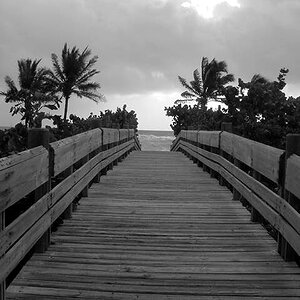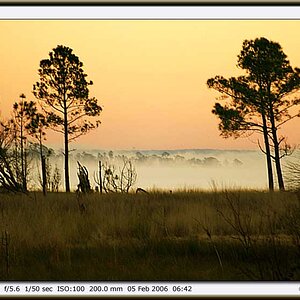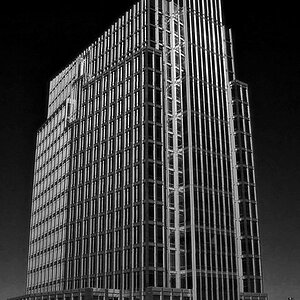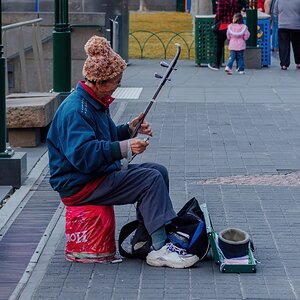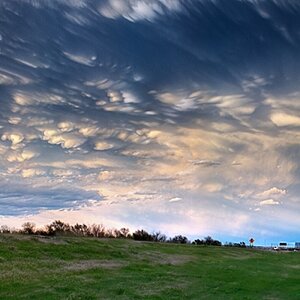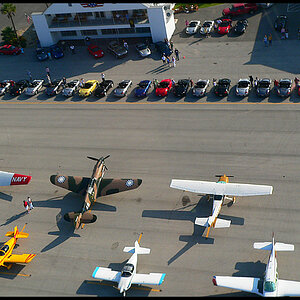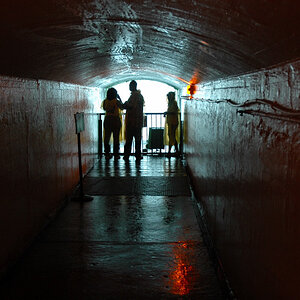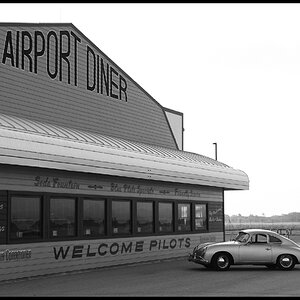apertureman
TPF Noob!
- Joined
- Oct 20, 2009
- Messages
- 60
- Reaction score
- 0
- Location
- Sioux Falls
- Can others edit my Photos
- Photos NOT OK to edit
Hey guys,
I am at a point that I want to get more equipment. I have never owned a medium or large format camera, but always wanted to explore that. I don't have too much money to spend, so what would you suggest: buying a medium format and a lens or two, or buying more glass for my 35mm?
I really like the idea of getting higher resolution and quality with a larger format system, but I already have a 35mm SLR, so..... I'm between a rock and a hard place.
Suggestions? please
I am at a point that I want to get more equipment. I have never owned a medium or large format camera, but always wanted to explore that. I don't have too much money to spend, so what would you suggest: buying a medium format and a lens or two, or buying more glass for my 35mm?
I really like the idea of getting higher resolution and quality with a larger format system, but I already have a 35mm SLR, so..... I'm between a rock and a hard place.
Suggestions? please


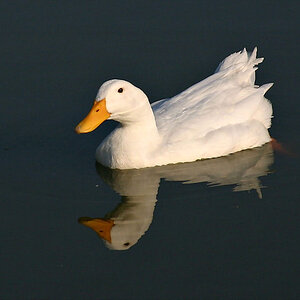
![[No title]](/data/xfmg/thumbnail/37/37603-739c5d9b541a083a12f2f30e45ca2b7b.jpg?1619738147)
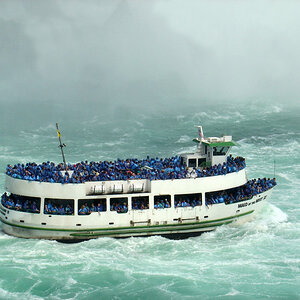
![[No title]](/data/xfmg/thumbnail/37/37605-90c8efaef5b7d1f52d4bf8e7dfd33673.jpg?1619738148)
